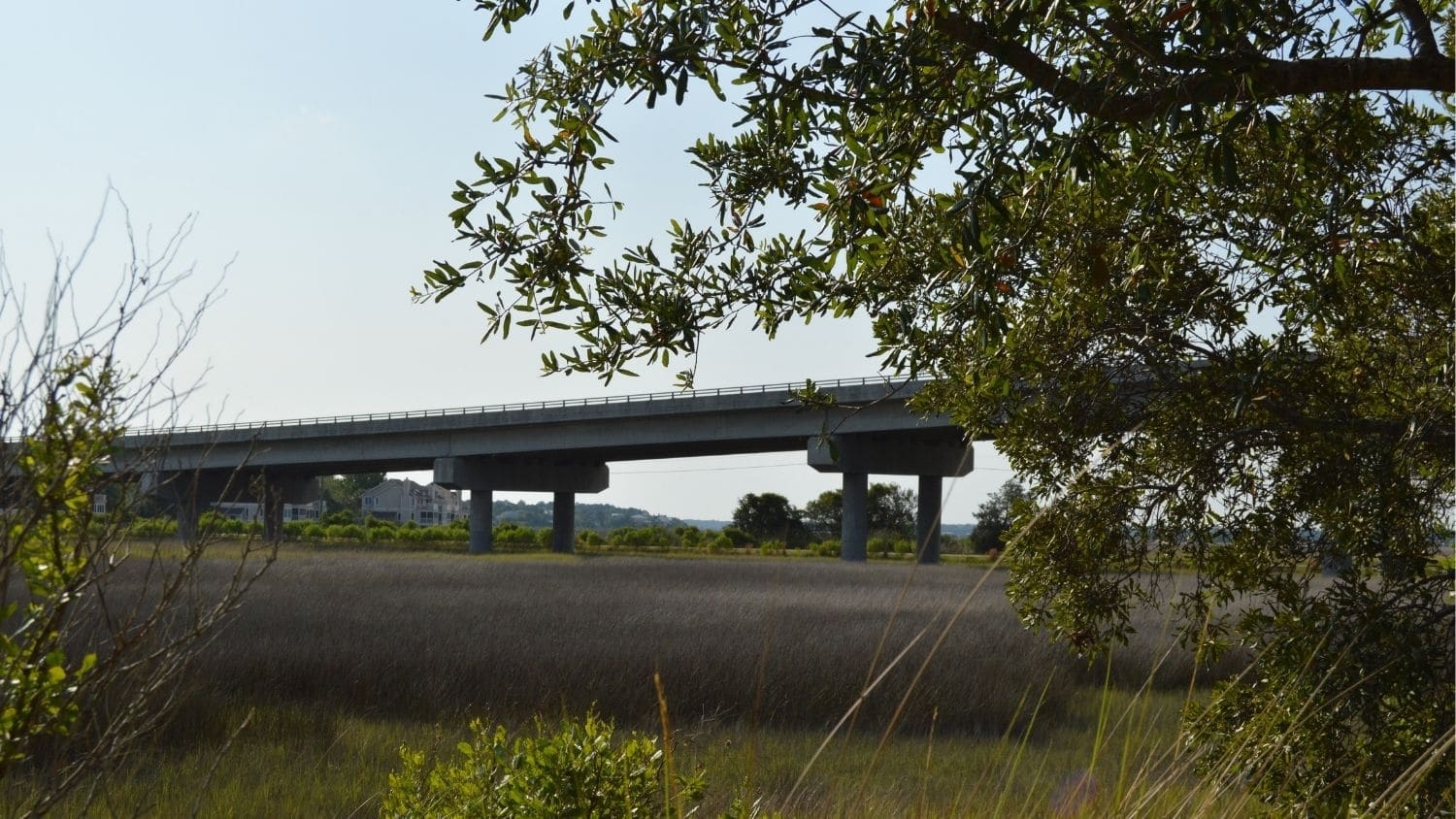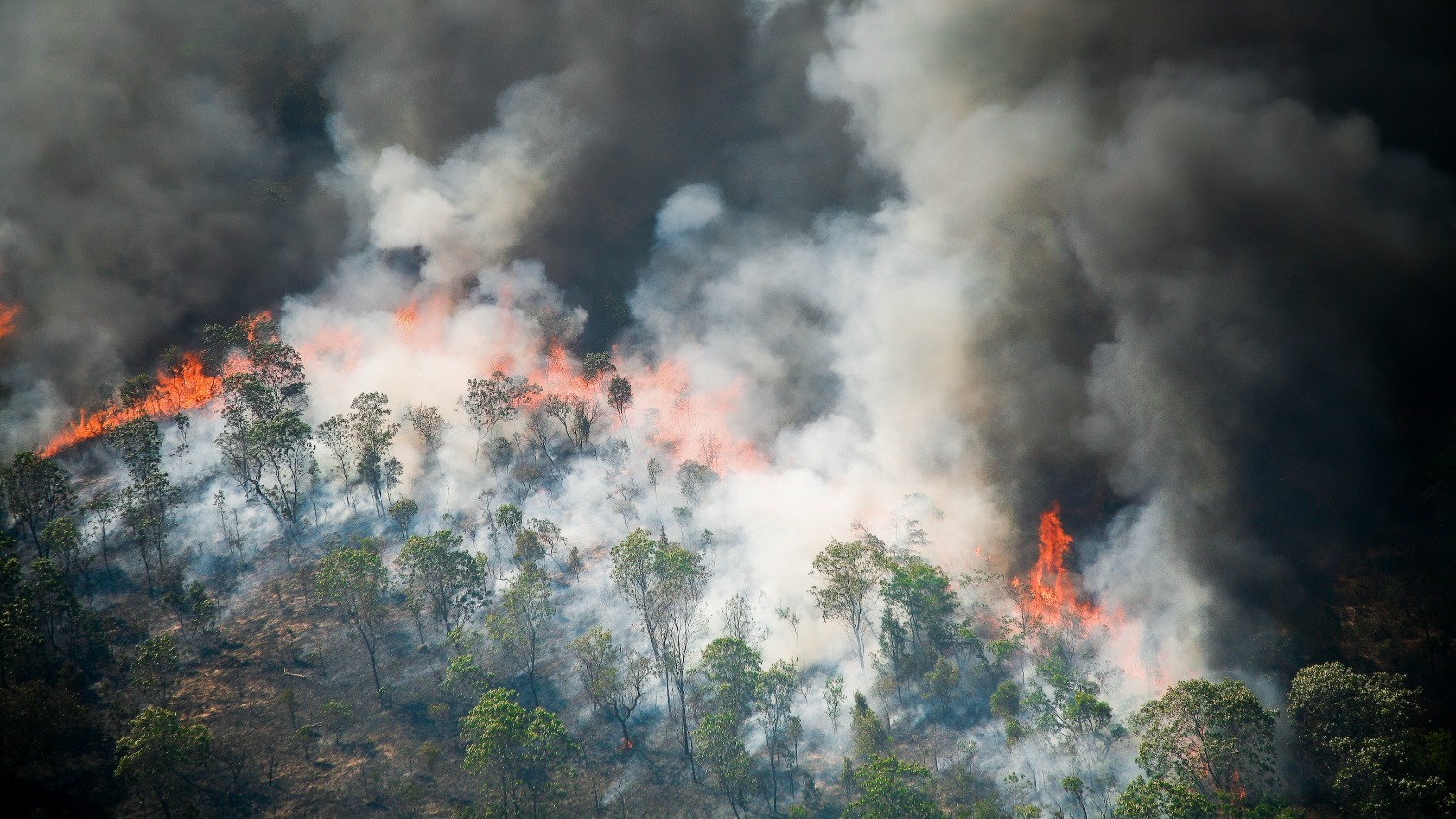Study Offers Insights for Mapping ‘Coastal Squeeze’ Impacts to Historical, Natural Sites

The green and gold tidal marshes visible entering Johns Island on South Carolina’s coast are a sign of coming home for some longtime residents. By 2060, the marshes could be in open water.
Researchers from North Carolina State University mapped how important environmental, cultural and historical sites like the marshes could be impacted by the double “coastal squeeze” of sea-level rise and urban development on Johns Island, a low-lying island near Charleston.
Published in Global Environmental Change, the study offers a blueprint for mapping important and threatened cultural and historical sites across the coastal South, and beyond.
“We present an approach that can lay the foundation for more inclusive conservation planning,” said the study’s corresponding author Jelena Vukomanovic, assistant professor of parks, recreation and tourism management at NC State. “We demonstrate new approaches for mapping cultural ecosystem services. Aesthetic and cultural services, like sense of place or a feeling of community, are hard to map. But they are really important. When things are mapped, they become real. Then you can have a chance of putting them on equal footing with the biophysical, or environmental, services.”
The Abstract spoke with Vukomanovic and study first author Lindsey Smart, research associate at the NC State Center for Geospatial Analytics, about the study.
The Abstract: Why did you study Johns Island?
Vukomanovic: Johns Island is facing complex, interacting pressures. It’s a very low-lying place that’s at enormous threat from sea-level rise. And it’s in Charleston County, which is experiencing rapid population growth and associated development.
There is also an important environmental justice dimension.
The island was settled by many African Americans after the Civil War, and it was important in the civil rights era. To get the right to vote, African Americans had to take voter-registration literacy tests. Citizenship Schools were set up to teach adult literacy to African Americans, as well as lessons on democracy, civil rights and community leadership. They had a whole system to help people get to the schools and get to voting sites.
There are people whose families have lived on the island for generations, working predominantly in agriculture. Now there’s sea level rise, urbanization and gentrification.
TA: How did you map places of cultural significance and include diverse perspectives?
Vukomanovic: We purposefully wanted to start with African American residents with long family connections to Johns Island. Because if you don’t start there, you’re never going to hear those voices. We opened it up to other participants in subsequent workshops. We asked residents to help us identify places key to their heritage, community and the island’s sense of place.
TA: How did you map urbanization, and what impacts did you predict to cultural sites?
Smart: We used an urbanization simulation model to project likely areas of development out to 2060. We found development is likely going to get closer to culturally important areas. Having that development encroach on those areas may affect the way people view them. One example is the iconic Angel Oak tree. It’s located in an area where development has increased.
Vukomanovic: In 2012, there was a plan to make the Angel Oak, which is a 500-year-old tree, part of a courtyard for a private development. It was a pivotal moment. It brought together a lot of the community groups to purchase the land and purchase surrounding land to give it a buffer. There’s a lot of development projected around the area near the Angel Oak.
Another example are the oak alleys. They’re on two-lane roads and there’s immense pressure to expand them as the population of the island grows. It seems very likely that these beautiful old live oaks would be lost with road expansion.
Smart: There’s also the Progressive Club, which was historically surrounded by working farms and forests. That’s where people gathered for Citizenship Schools. As development continues to get closer and closer, it may negatively impact the site.
Another important piece for long-term residents is water access points on rivers and creeks. As development spreads and the shoreline becomes increasingly privatized, people are losing water access points.
TA: How did you map impacts of rising sea levels, and what did you find?
Smart: We used a standard sea-level-rise projection from the National Oceanic and Atmospheric Administration’s Coastal Services Center. We used it to estimate inundation on Johns Island in the next 50 years or so. Although it doesn’t take into account phenomena like erosion, deposition or adaptation, it provides a good baseline we can use to estimate potential impacts.
Vukomanovic: We looked at the high range of the Intergovernmental Panel on Climate Change’s “very likely” scenario. It really means widespread loss of wetlands. The residents spoke a lot about how, when they cross the bridge to the island, seeing these expansive wetland vistas – that’s how they know they’re coming home. That whole large wetland area is expected to be open water.
Smart: Also, there’s some long-term farming and agricultural operations along the creeks that will be inundated. I think they’re experiencing issues right now from that.
TA: Was there a lot of overlap between sites that had environmental and cultural value?
Smart: There was not a large amount of overlap between the biophysical and cultural ecosystem services. The bigger takeaway is that those working to plan and protect areas should keep in mind that these values are not co-located. We can’t assume that protecting one will necessarily protect the other.
TA: Is your approach relevant for other coastal sites?
Vukomanovic: Definitely in the coastal South, but even further afield. Many coastal areas are facing this double-coastal squeeze of sea-level rise and development, and many of these coastal areas are home to irreplaceable heritage sites. The social justice dimensions are also repeating themselves elsewhere, but with different communities.


